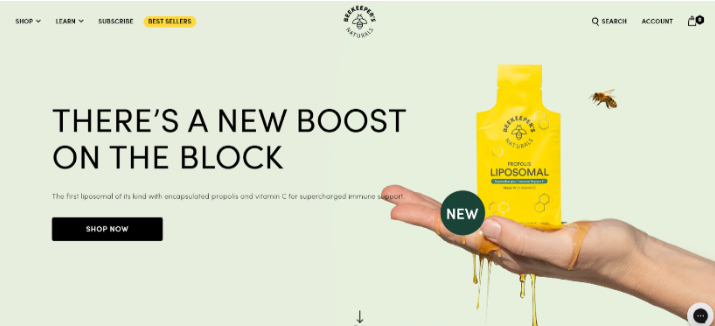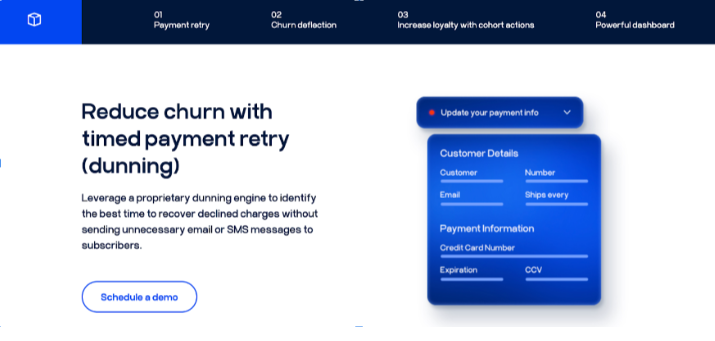The Best Ways to Make Money on Shopify

Founded in 2006, Shopify has become the backdrop for countless e-commerce success stories – from the biggest brands
Shopify Store Examples
Four Sigmatic

Using one of Shopify’s eye-catching templates, Four Sigmatic has developed a thriving ecommerce store on the platform. Selling a small range of quality, plant-based products, Four Sigmatic employs a subscription-based business model tailored to the protein needs of their customers.
By working with subscription business growth brand Upscribe, Four Sigmatic increased their active subscribers by 50%.
Ready, Set, Food!

Ready, Set, Food! Is a business striving to reduce allergy rates in children by introducing allergens into their diets safely. To achieve this tolerance to allergens, the brand recommends that the products are consumed over 6 months. This makes regular monthly deliveries of the product essential to its efficacy.
As such, a subscription model is vital for this business, making tools like Upscribe – which reduces subscription businesses’ churn – essential. By collaborating with Upscribe, Ready, Set, Food! increased their margins by 35%.
Beekeeper’s Naturals

Beekeeper’s Naturals is a brand committed to delivering nourishing, clean health remedies. The brand offers subscriptions for its products, so its customers don’t have to worry about when to buy their next fix. This made scaling their subscription program with Upscribe a no-brainer.
Top Ways to Make Money on Shopify
1. Set up an ecommerce store
The most straightforward way to make money on Shopify is to set up your own ecommerce store.
Shopify makes it super easy to start selling your products online. Even someone completely new to the world of ecommerce can do it.
Shopify takes you through everything you need to do to set up your ecommerce store.
This includes:
- Creating pages for your Shopify site
- Adding the products you want to sell
- Configuring shipping and tax
- Setting up payment
There’s a ton of potential to earn big on Shopify. However, you should learn all you can and employ strategic tools to make your Shopify ecommerce store a success.
Upscribe can boost your Shopify store’s success. Upscribe helps Shopify storefront owners scale and grow their subscription business.
Upscribe helps brands reduce churn with timed payment retry (dunning) and facilitates smart cancellation flows to deflect churn – providing alternatives like gifting a subscription when a customer cancels.

2. Start dropshipping
Dropshipping is similar to setting up an ecommerce store of your own, with one major difference.
Instead of storing, shipping and sometimes manufacturing the products you sell on your Shopify store, outsource these processes.
In other words, you only need to set up your Shopify store and advertise products from a dropshipping-friendly platform like AliExpress, to start making money from selling online.
Setting up a dropshipping business on Shopify is easy. You can create a product catalog on your Shopify store – along with the price point you choose – and connect to your chosen dropshipping network through the platform.
Then, when a customer places an order through your Shopify store, it will be redirected to your supplier. You’ll pay the price of the item advertised by your supplier, and the difference between this and what your customer pays is the profit you’ll make on the sale.
So, if your supplier advertises a product for $80 and you sell it for $110, you’ll earn $30.
There are tons of dropshipping stores on Shopify – like Notebook Therapy, which markets and sells notebooks and other stationary, through their site, although their dropshipping partner sources, stores and ships their products.

Print-on-demand (POD) is similar to dropshipping but targeted at creatives. Artists and creators use a Shopify store for advertising their own designs printed on T-shirts, mugs, water bottles, phone cases, hoodies, wall prints, tote bags, or even jigsaws. The actual production and shipping of products are done by a POD company that holds digital templates created by the artist and prints the products only once they’ve been ordered.
POD services like Gelato offer the opportunity for artists and creators to monetize their designs without needing to hold stock. This drastically reduces costs and wastage, so is often marketed as an eco-friendly approach to running a design-focused business with a smaller carbon footprint.


0 Comments